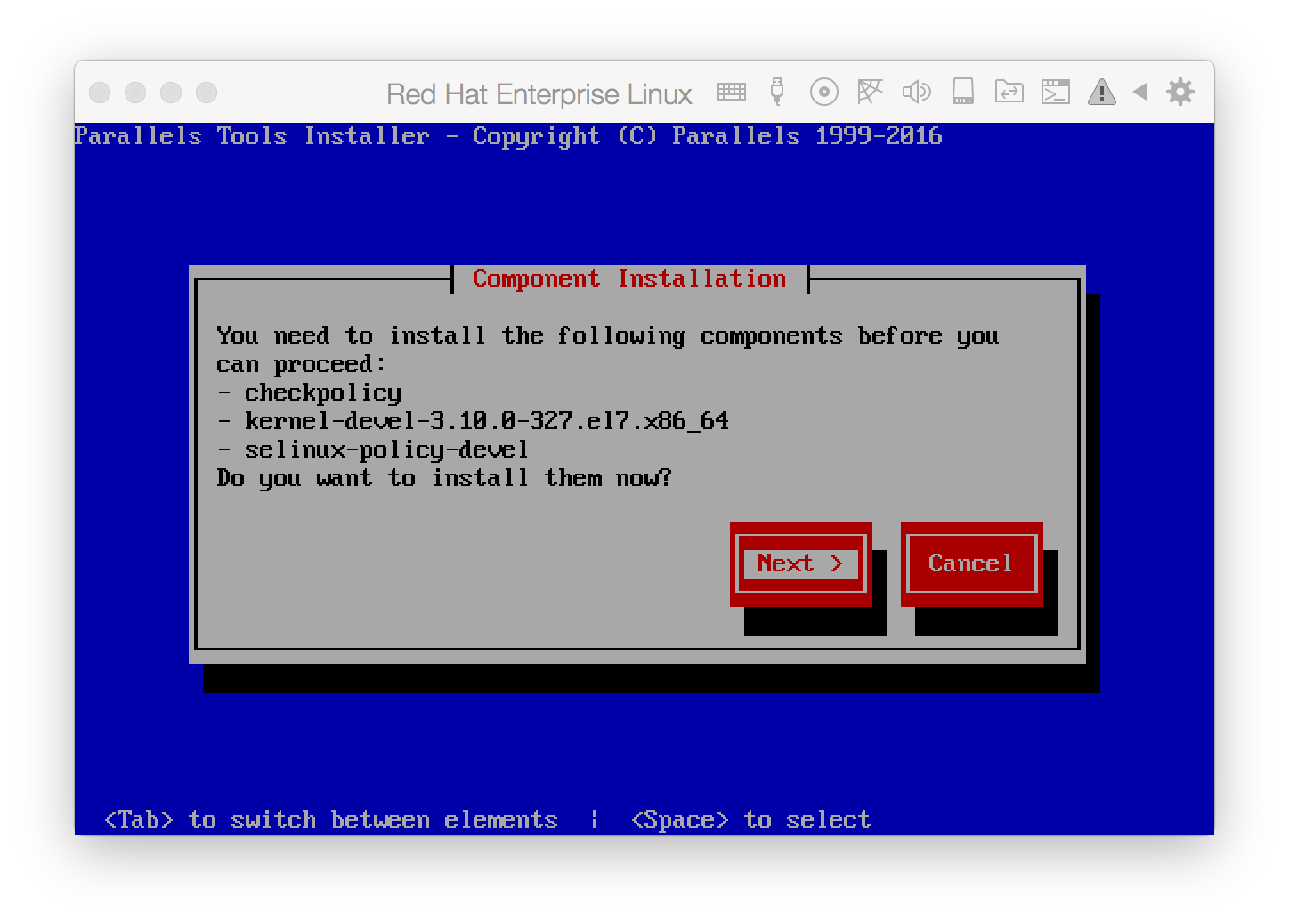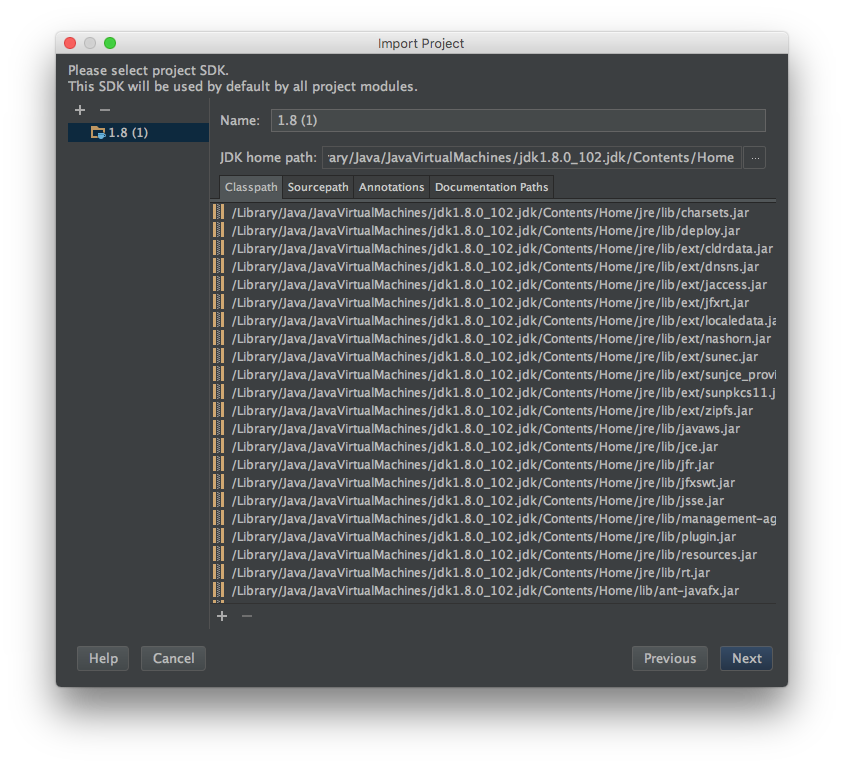Osx Install Docker
- Installing
- macOS troubleshooting
OSX Serial Generator. Generate macOS valid serials, uuids, and board serials for good-faith security research. This project provides two tools for generating serial numbers for Hackintosh, OpenCore, Docker-OSX and OSX-KVM. Give feedback and get help. To get help from the community, review current user topics, join or start a discussion, log on to our Docker Desktop for Mac forum. To report bugs or problems, log on to Docker Desktop for Mac issues on GitHub, where you can review community reported issues, and file new ones. Composer is a dependency manager written in and for PHP.
GitLab Runner can be installed and updated on macOS.
Installing
There are two methods for installing GitLab Runner on macOS:
- Manual installation. This method is officially supported and recommended by GitLab.
- Homebrew installation. Install with Homebrew as an alternative to manual installation.
Manual installation (official)
Download the binary for your system:
You can download a binary for every available version as described inBleeding Edge - download any other tagged release.
Give it permissions to execute:
The rest of the commands should execute as the user who will run the runners.
- When you build iOS or macOS applications on macOS, use the shell executor.The build and tests run as the identity of the logged-in user, directly on the build host.It does not run in a container. This is less secure than using container executors. For more information, see thesecurity implications documentationfor additional detail on what to keep in mind in this scenario.
Install GitLab Runner as a service and start it:
GitLab Runner is installed and will be run after a system reboot.
Homebrew installation (alternative)
A Homebrew formula is available to install GitLab.
To install GitLab Runner using Homebrew:
Install GitLab Runner.
Install GitLab Runner as a service and start it.
GitLab Runner is installed and running.
Limitations on macOS
Currently, the only proven way for it to work in macOS is by running the service in user-mode.
Since the service will be running only when the user is logged in, you shouldenable auto-login on your macOS machine.
The service will be launched as a LaunchAgent. By using LaunchAgents,the builds will be able to perform UI interactions, making it possible to run andtest in the iOS simulator.
It’s worth noting that macOS also has LaunchDaemons, services runningcompletely in background. LaunchDaemons are run on system startup, but theydon’t have the same access to UI interactions as LaunchAgents. You can try torun the Runner’s service as a LaunchDaemon, but this mode of operation is notcurrently supported.
You can verify that GitLab Runner created the service configuration file afterexecuting the install command, by checking the~/Library/LaunchAgents/gitlab-runner.plist file.
If Homebrew was used to install git, it may have added a /usr/local/etc/gitconfig filecontaining:
This tells Git to cache user credentials in the keychain, which may not be what you wantand can cause fetches to hang. You can remove the line from the system gitconfigwith:
Alternatively, you can just disable credential.helper for the GitLab user:
You can check the status of the credential.helper with:
Manual update
Stop the service:
Download the binary to replace the GitLab Runner executable:
You can download a binary for every available version as described inBleeding Edge - download any other tagged release.
Give it permissions to execute:
Start the service:
Make sure that you read the FAQ section which describessome of the most common problems with GitLab Runner.
Upgrade the service file
In order to upgrade the LaunchAgent configuration, you need to uninstall andinstall the service:
Using codesign with the GitLab Runner Service

If you installed gitlab-runner on macOS with homebrew and your build callscodesign, you may need to set <key>SessionCreate</key><true/> to haveaccess to the user keychains. In the following example we run the builds as the gitlabuser and want access to the signing certificates installed by that user for codesigning:

macOS troubleshooting

The following relate to troubleshooting on macOS.
'launchctl' failed: exit status 112, Could not find domain for

This message may occur when you try to install GitLab Runner on macOS. Make surethat you manage GitLab Runner service from the GUI Terminal application, notthe SSH connection.
Failed to authorize rights (0x1) with status: -60007.
If GitLab Runner is stuck on the above message when using macOS, there are twocauses to why this happens:
Make sure that your user can perform UI interactions:
The first command enables access to developer tools for your user.The second command allows the user who is member of the developer group todo UI interactions, e.g., run the iOS simulator.
Make sure that your GitLab Runner service doesn’t use
SessionCreate = true.Previously, when running GitLab Runner as a service, we were creatingLaunchAgentswithSessionCreate. At that point (Mavericks), this wasthe only solution to make Code Signing work. That changed recently withOS X El Capitan which introduced a lot of new security features thataltered this behavior.Since GitLab Runner 1.1, when creating aLaunchAgent, we don’t setSessionCreate. However, in order to upgrade, you need to manuallyreinstall theLaunchAgentscript:Then you can verify that
~/Library/LaunchAgents/gitlab-runner.plisthasSessionCreateset tofalse.
fatal: unable to access 'https://path:3000/user/repo.git/': Failed to connect to path port 3000: Operation timed out error in the job
If one of the jobs fails with this error, make sure the runner can connect to your GitLab instance. The connection could be blocked by things like:
- firewalls
- proxies
- permissions
- routing configurations
Help & feedback
Docs
Edit this pageto fix an error or add an improvement in a merge request.Create an issueto suggest an improvement to this page.
Show and post commentsto review and give feedback about this page.
Product
Create an issueif there's something you don't like about this feature.Propose functionalityby submitting a feature request.
Join First Lookto help shape new features.
Feature availability and product trials
View pricingto see all GitLab tiers and features, or to upgrade.Try GitLab for freewith access to all features for 30 days.
Get Help
If you didn't find what you were looking for,search the docs.
If you want help with something specific and could use community support,post on the GitLab forum.
For problems setting up or using this feature (depending on your GitLabsubscription).
Prerequisites¶
Make sure you have the following software ready before starting the installation:
- Git client:
sudoapt-getinstallgit - Python 2.7, which is installed by default in most systems
- Pip version 1.1:
sudoapt-getinstallpython-pip
Installation¶
Let me explain what’s going on there:
- First we use
gitto downloadw3af’s source code - Then we try to run the
w3af_consolecommand, which will most likely failbecause of missing dependencies. This command will generate a helper scriptat/tmp/w3af_dependency_install.shthat when run will install all therequired dependencies. - Dependencies are installed by running
/tmp/w3af_dependency_install.sh
The framework dependencies don’t change too often, but don’t be alarmed if afterupdating your installation w3af requires you to install new dependencies.
Os X Install Docker
Supported platforms¶
The framework should work on all Python supported platforms and has been testedin various Linux distributions, Mac OSX, FreeBSD and OpenBSD.
Note
The platform used for development is Ubuntu 14.04 and running our continuous integration testsis Ubuntu 12.04 LTS.
Warning
While in theory you can install w3af in Microsoft Windows, we don’t recommendnor support that installation process.
One of the ugly details users can find is that w3af needs to detect theOperating System / Linux distribution, and then have support for creating the/tmp/w3af_dependency_install.sh for that specific combination. In other words,for Ubuntu we use apt-getinstall and for Suse we use yuminstall.
The list of distributions w3af knows how to generate the installation scriptfor is extensive .If we don’t support your distribution, we’ll default to Ubuntu.
Installation in Kali¶
The easiest way to install w3af in Kali is:
This will install the latest packaged version, which might not be the latestavailable from our repositories. If the latest version is needed these stepsare recommended:
This will install the latest w3af at ~/w3af/w3af_console and leave thepackaged version un-touched.

Note
cd~/w3af/;./w3af_consolewill run the latest versionw3af_consolewill run the one packaged in Kali
Installing using Docker¶
Docker is awesome, it allows users to run w3afwithout installing any of it’s dependencies. The only pre-requisite is toinstall docker , which is widelysupported.
Once the docker installation is running these steps will yield a runningw3af console:
For advanced usage of w3af’s docker container please read the documentationat the docker registry hub
Installation in Mac OSX¶
In order to start the process, you need XCode and MacPorts installed.
Those commands should allow you to run ./w3af_console again without any issues,in order to run the GUI a new dependency set is required:
Troubleshooting¶
Osx Install Docker-machine
After running the helper script w3af still says I have missing python dependencies, what should I do?¶
Osx Uninstall Docker Desktop
You will recognize this when this message appears: “Your python installationneeds the following modules to run w3af”.
First you’ll want to check that all the dependencies are installed. To do thatjust follow these steps:
Replace futures with the library that is missing in your system. If thepipfreeze|grepfutures command returns an empty result, you’ll need toinstall the dependency using the /tmp/w3af_dependency_install.sh command.Pay special attention to the output of that command, if installation failsyou won’t be able to run w3af.
It is important to notice that w3af requires specific versions of thethird-party libraries. The specific versions required at /tmp/w3af_dependency_install.shneed to match the ones you see in the output of pipfreeze. If the versionsdon’t match you can always install a specific version usingpipinstall--upgradefutures2.1.5.
w3af still says I have missing operating system dependencies, what should I do?¶
You will recognize this when this message appears: “please install the followingoperating system packages”.
Most likely you’re using a Linux distribution that w3af doesn’t know how todetect. This doesn’t mean that w3af won’t work with your distribution! It justmeans that our helper tool doesn’t know how to create the/tmp/w3af_dependency_install.sh script for you.
What you need to do is:
- Find a match between the Ubuntu package name given in the list and the one
for your distribution* Install it* Run ./w3af_console again. Repeat until fixed
Mac Install Docker-sync
Please create a ticketexplaining the packages you installed, your distribution, etc. and we’ll addthe code necessary for others to be able to install w3af without goingthrough any manual steps.
How do I ask for support on installation issues?¶
You can create a ticketcontaining the following information:
- Your linux distribution (usually the contents of
/etc/lsb-releasewill be enough) - The contents of the
/tmp/w3af_dependency_install.shfile - The output of
pipfreeze - The output of
python--version
